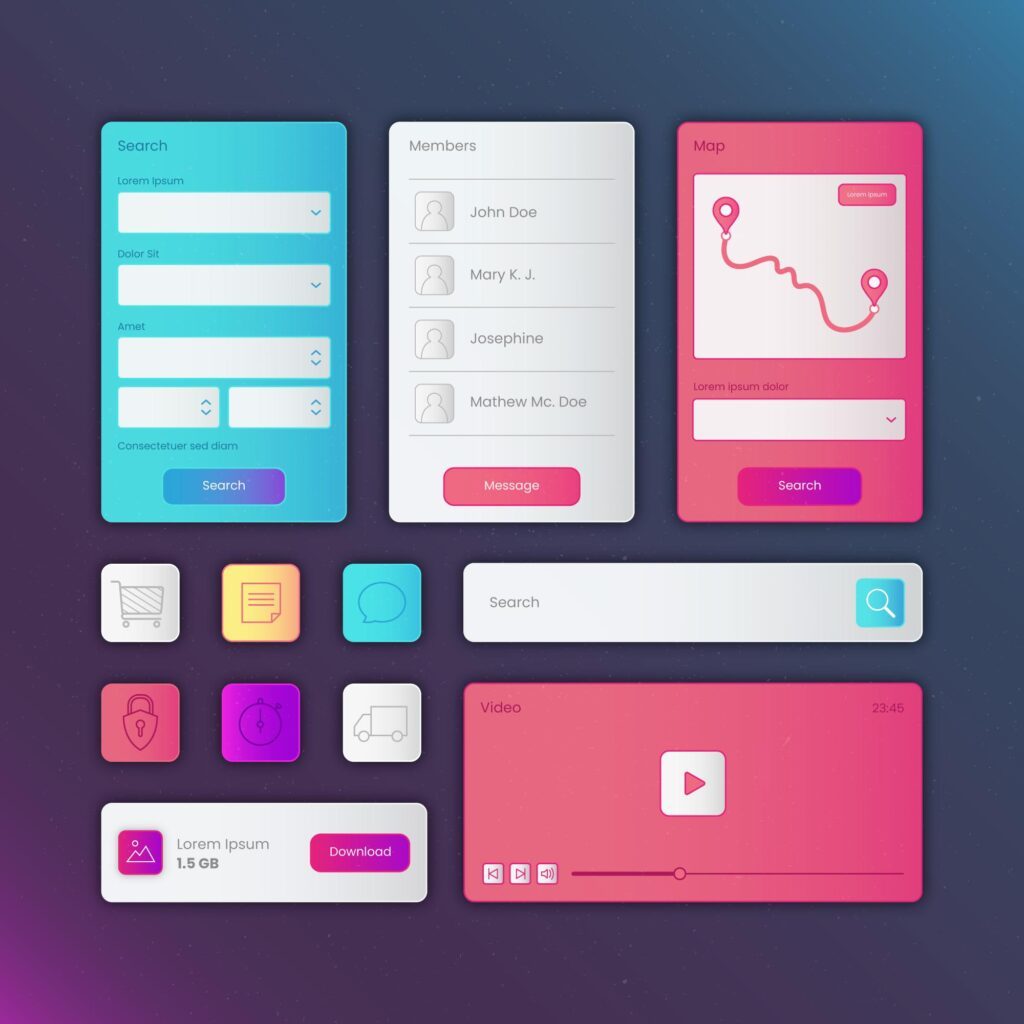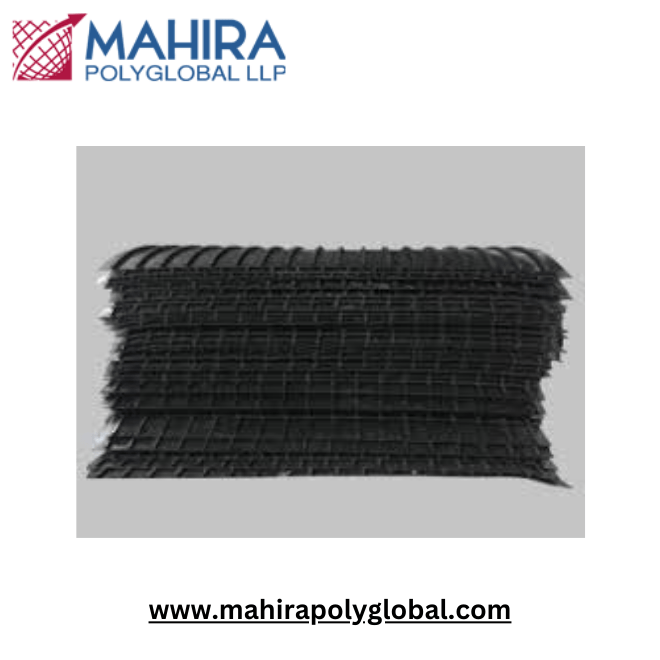Web design is more than just creating visually appealing websites; it’s about crafting functional, user-friendly, and engaging digital experiences. With the ever-evolving digital landscape, a well-designed website is essential for businesses to establish credibility, attract customers, and drive conversions. This comprehensive guide explores the core principles, tools, and techniques involved in web design, offering insights to beginners and professionals alike.
1. Understanding Web Design
Web design encompasses a variety of disciplines and skills, including layout design, user interface (UI) design, user experience (UX) design, and content creation. A successful web design seamlessly integrates aesthetics with functionality to meet user needs and business objectives.
Key Components of Web Design:
- Visual Design: Focuses on the look and feel of the website, including colors, typography, and imagery.
- Information Architecture: Organizes content in a way that makes it easily accessible and navigable.
- Responsive Design: Ensures the website functions optimally across devices and screen sizes.
- Interactivity: Incorporates interactive elements to engage users and enhance their experience.
2. Principles of Effective Web Design
Simplicity
A simple design ensures clarity and reduces distractions. Minimalism helps users focus on the key elements of the website.
Consistency
Maintain uniformity in design elements like buttons, fonts, and colors across all pages to build familiarity and trust.
Mobile-First Design
With a significant portion of web traffic coming from mobile devices, prioritize mobile responsiveness during the design process.
Accessibility
Design websites that are inclusive and accessible to all users, including those with disabilities. Adhere to Web Content Accessibility Guidelines (WCAG).
3. The Web Design Process
Research and Planning
- Identify the target audience and their needs.
- Define the website’s goals and objectives.
- Conduct competitor analysis to identify trends and opportunities.
- Create a sitemap and wireframes to outline the website’s structure and layout.
Design and Prototyping
- Use design tools like Figma, Adobe XD, or Sketch to create high-fidelity prototypes.
- Focus on UI/UX principles to enhance usability and aesthetics.
- Gather feedback from stakeholders and iterate as needed.
Development
- Convert the design into a functional website using coding languages like HTML, CSS, and JavaScript.
- Integrate content management systems (CMS) like WordPress for easier updates and maintenance.
- Optimize the website for speed and performance.
4. Tools and Technologies in Web Design
Design Tools
- Figma: Collaborative interface design tool.
- Adobe Photoshop: Ideal for creating graphics and visual elements.
- Canva: User-friendly platform for designing marketing materials.
Development Tools
- Visual Studio Code: Lightweight code editor with extensive extensions.
- Bootstrap: Framework for responsive web design.
- Sass: CSS preprocessor for better style management.
Testing Tools
- BrowserStack: Cross-browser testing platform.
- Google Lighthouse: Performance, SEO, and accessibility auditing tool.
- WAVE: Web accessibility evaluation tool.
5. Responsive Design: Adapting to All Screens
Responsive design ensures that a website looks and functions well on desktops, tablets, and smartphones. It involves flexible grids, media queries, and scalable images.
Tips for Responsive Design:
- Use a mobile-first approach to prioritize smaller screens.
- Test designs on various devices and screen resolutions.
- Avoid fixed-width elements that hinder scalability.
6. SEO-Friendly Web Design
An SEO-friendly website improves visibility in search engine results and attracts organic traffic.
Key Considerations:
- Fast Loading Speed: Optimize images, use caching, and minimize HTTP requests.
- Mobile Optimization: Ensure mobile responsiveness to rank higher in mobile-first indexing.
7. Trends in Web Design
Dark Mode
Dark mode reduces eye strain and offers a modern aesthetic.
Micro-Interactions
Small animations and transitions that enhance user engagement.
Minimalist Design
Focuses on clean, uncluttered layouts with ample whitespace.
AI and Chatbots
Integrate AI-powered tools for personalized user experiences and efficient support
8.Common Web Design Mistakes to Avoid
- Overloading pages with too many elements or animations.
- Ignoring mobile optimization.
- Poor navigation and lack of a clear call-to-action (CTA).
- Neglecting accessibility standards.
9. The Future of Web Design
As technology evolves, web design will continue to embrace AI, augmented reality (AR), and voice user interfaces (VUIs). Designers will focus on creating hyper-personalized and immersive experiences, leveraging data-driven insights to meet user expectations.
Conclusion
Web design is a dynamic field that combines creativity, technical expertise, and user empathy. By following best practices, leveraging advanced tools, and staying updated on trends, you can create websites that are not only visually stunning but also functional and impactful. Whether you’re building a personal blog or a business website, the principles and techniques outlined in this guide will help you deliver exceptional digital experiences.
Devoq design Agency Delhi, including its vibrant capital hub New Delhi, is home to some of the finest UI/UX design agencies specializing in crafting seamless digital experiences. These agencies focus on designing user-friendly interfaces and delivering intuitive user experiences that cater to businesses across various industries. With a strong emphasis on innovation, these design firms combine creativity, research, and technology to create impactful solutions. From startups to a UI/UX Design Agency in Delhi or UI/UX Design Agency in New Delhi can help elevate your digital presence and turn complex ideas into functional and visually engaging products.











